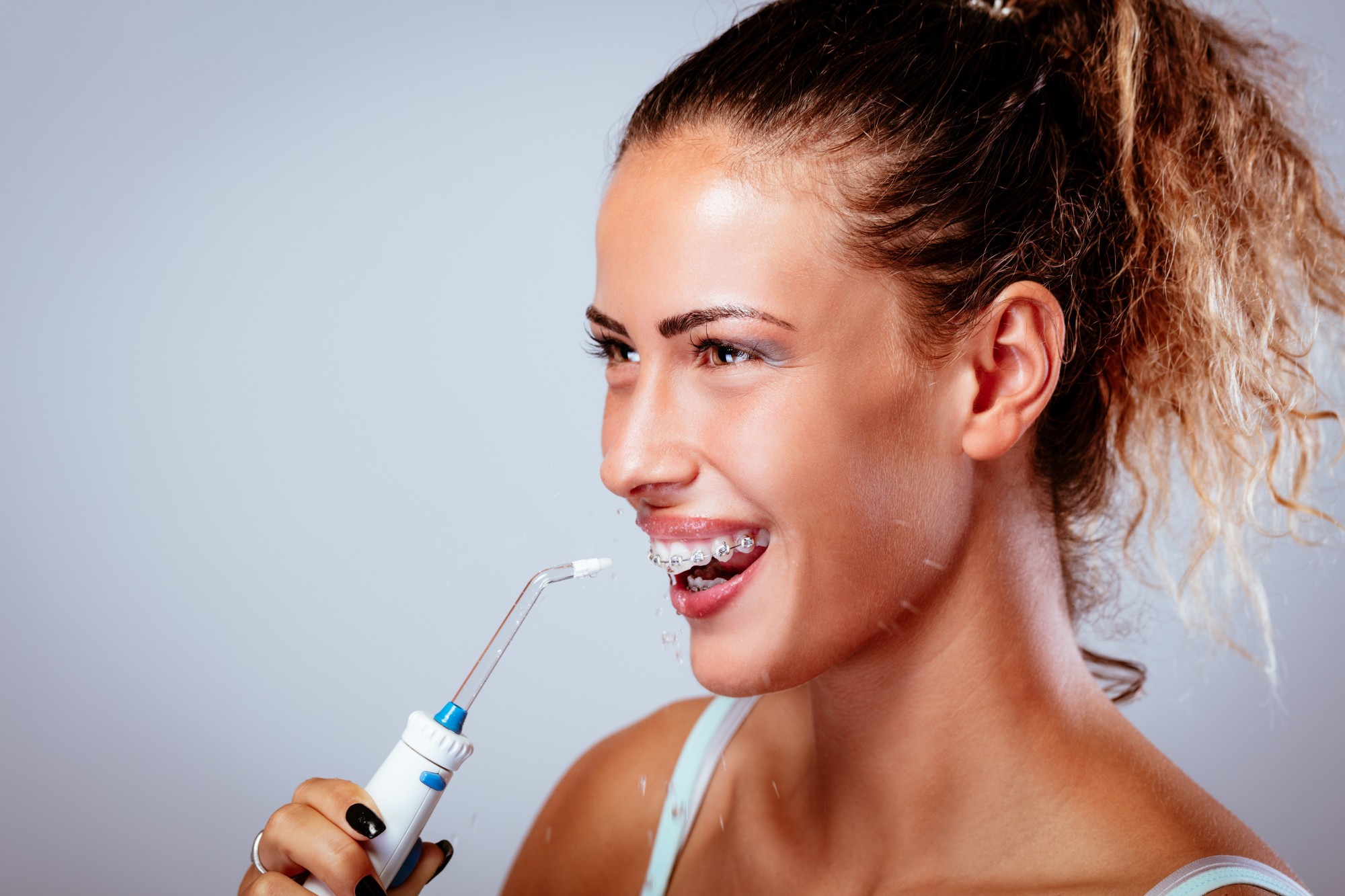Over 32% of Americans say they never floss.
While most of us brush our teeth to clean away germs, not flossing could mean that the spaces between your teeth are never cleaned. The bacteria that get left could cause serious damage, including cavities and risk for diseases.
If the thought of flossing makes you cringe, you are not alone. Yet your dental and overall health depend on you developing a beneficial habit.
What is the easiest way to floss if you don’t like to?
Let’s take a look.
1. The Benefits of Flossing
The regular use of dental floss helps to prevent the buildup of plaque, which can lead to tartar. Flossing your teeth makes them look brighter by removing plaque and excess food particles that you may not see in the mirror or that your toothbrush won’t reach.
Good oral hygiene contributes to your health in other ways as well. In fact, increasing evidence suggests that periodontal disease can lead to an increased risk of heart disease. Some researchers believe that infections of the mouth can increase the number of inflammatory substances in the blood, promoting blood clots and slowing blood flow to the heart.
Gum disease has also been linked to heart disease, rheumatoid arthritis, diabetes, and premature birth.
Flossing helps prevent tooth decay and can reduce your risk of developing gum disease by removing plaque.
2. Flossing Sticks
A flossing stick is shaped like a toothbrush with a snap-on flosser head. If your circulation tends to get cut off when you wrap traditional floss around your fingers, a flossing stick can help you greatly.
Flossing sticks won’t hurt your fingers, which makes them especially useful with children and seniors. You simply insert the stick between your teeth with one hand and throw the flosser away when you are through.
Flossing sticks can help if you have poor grip, or if you tend to cut your gums when you floss. They give you more control and create a less painful experience.
Flossing sticks are also traveled well. If you are visiting a place where you are worried about the tap water, a flossing stick can get swapped out rather than rinsing it.
3. Water Flossers
Water flossers work by shooting a stream of water between your teeth. They are very helpful for those who do not want to stick an object between their teeth or have very tight spaces between them. They can hook up to your bathroom faucet or get purchased with a tank of water that you fill before use and empty when you are finished.
Water flossers flow between your teeth, removing food particles and plaque. They reduce gum bleeding and inflammation. They may also cut down on gingivitis more than string floss!
The message action of water flossers can also help to improve gum health and reach areas that can’t get reached with traditional floss.
4. Air Floss
Air floss uses water droplets and rapid bursts of air to clean between teeth. It can remove plaque in the places a toothbrush can’t. You simply place the head on the space between your teeth and turn it on.
Air floss can help you thoroughly clean your teeth and prevent gum disease. It is great for those who wear dental braces or dental bridges, and an easy way to clean underneath them.
5. Dental Picks
Dental picks look like interdental brushes. They have heads with either short bristles or small rubber tines, which get used for removing food particles and plaque. Dental picks simply need to be inserted in the mouth and removed in order to work.
Dental picks are a great way to get plaque and food out of your teeth, although it is important to be gentle with them. They typically come in small packs that can get used at home or taken with you on the go.
6. Interdental Brushes
An interdental brush contains a handle and a thin-bristled flossing head. They are great for those with joint or mobility problems.
Interdental brushes reach where your regular toothbrush can’t, and it is an easy and efficient way to keep your gums healthy.
It is important to choose the right size of the interdental brush. Your dental professional can help.
You can brush with an interdental brush once a day. It does not need to get thrown away at the end of a single-use. You only dispose of them after they have become worn and bent.
7. Flavored Dental Floss
For those who prefer traditional dental floss, options do exist to make your flossing more comfortable.
The more expensive floss called single-filament PTFE slides easily between your teeth and is shred-resistant.
Nylon floss is less expensive but may be prone to tear and shred. If you have children who don’t like to floss, consider getting it in one of many fun flavors.
Traditional mint and bubble-gum are no longer the only kid-friendly options. Lately, flavors like a cupcake, ranch, and even bacon flavor can entice your littles to a little extra dental hygiene.
It is important to hold the floss tautly and get to the bass of each tooth. Never snap the floss, and remove it with the same gentle motion you use to move between teeth.
The Easiest Way To Floss
The easiest way to floss is different for each person. With the right tools, you can have a healthier mouth and body in no time.
For more information on dental care, read our blog today.



